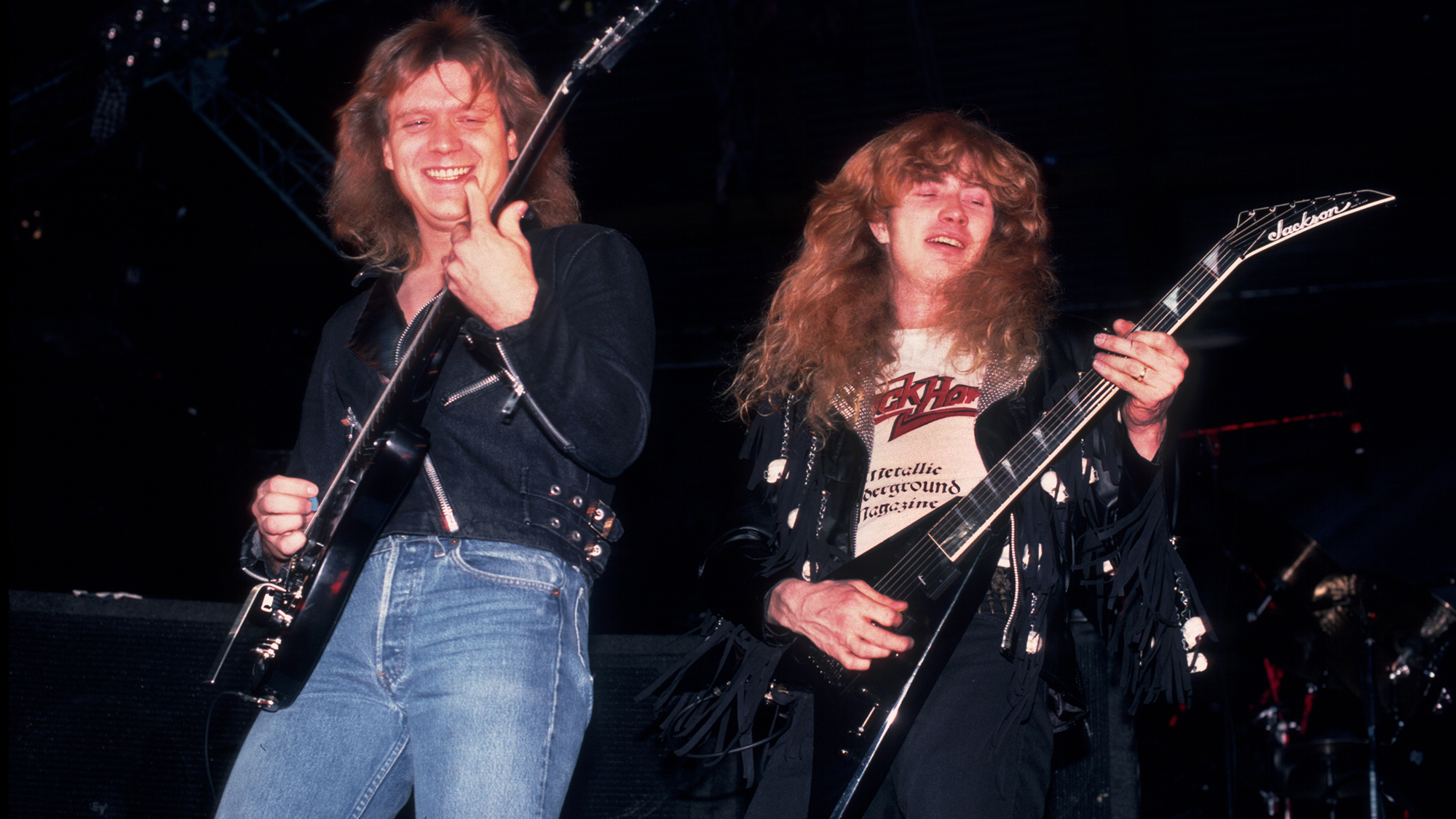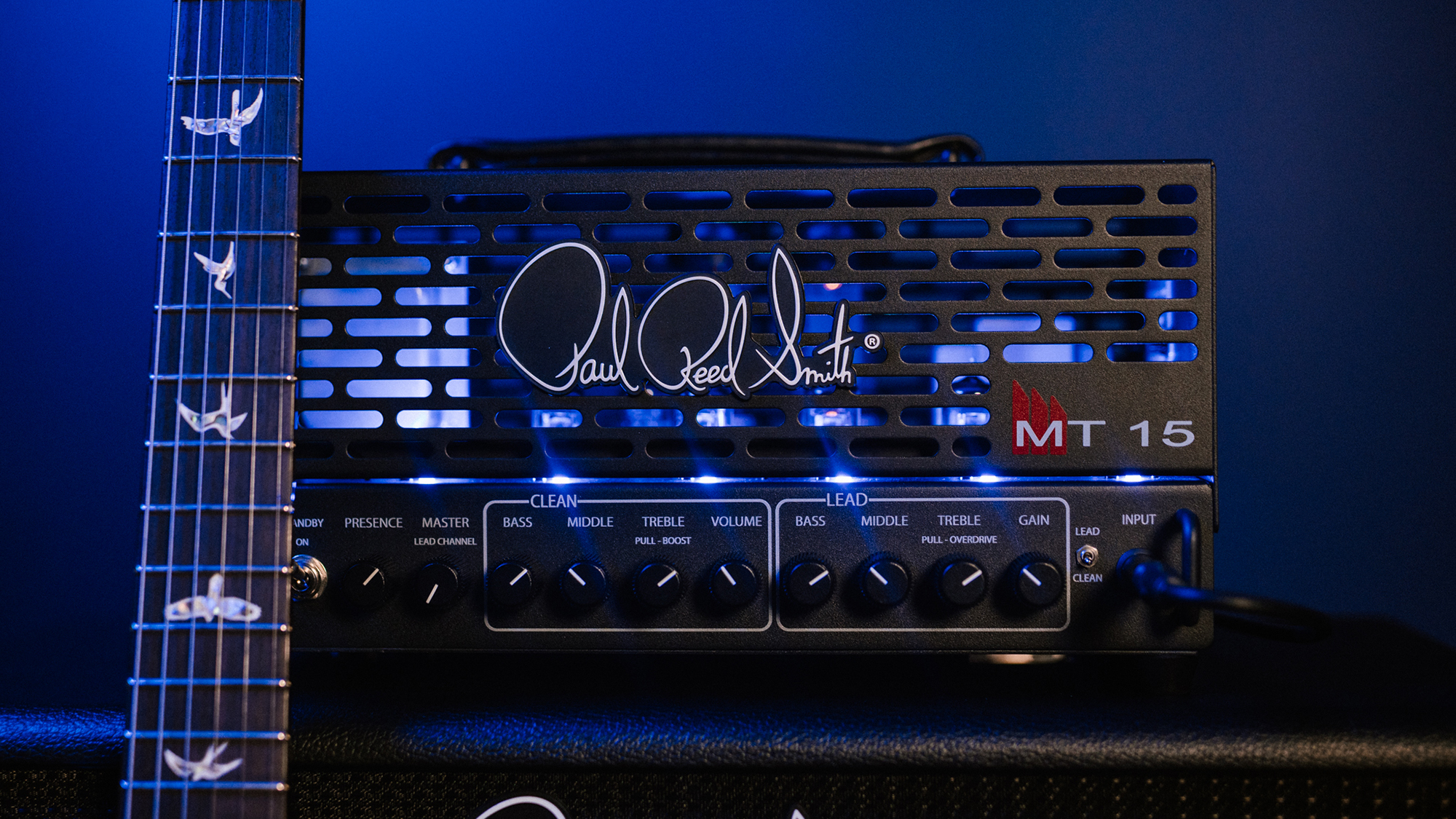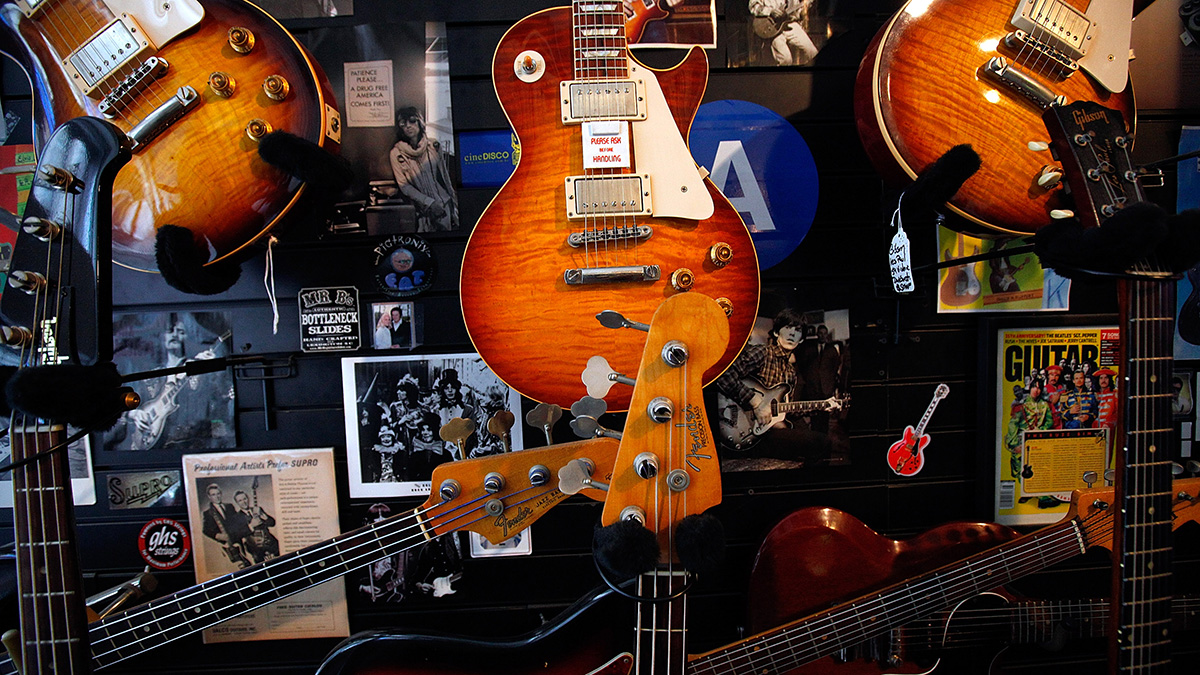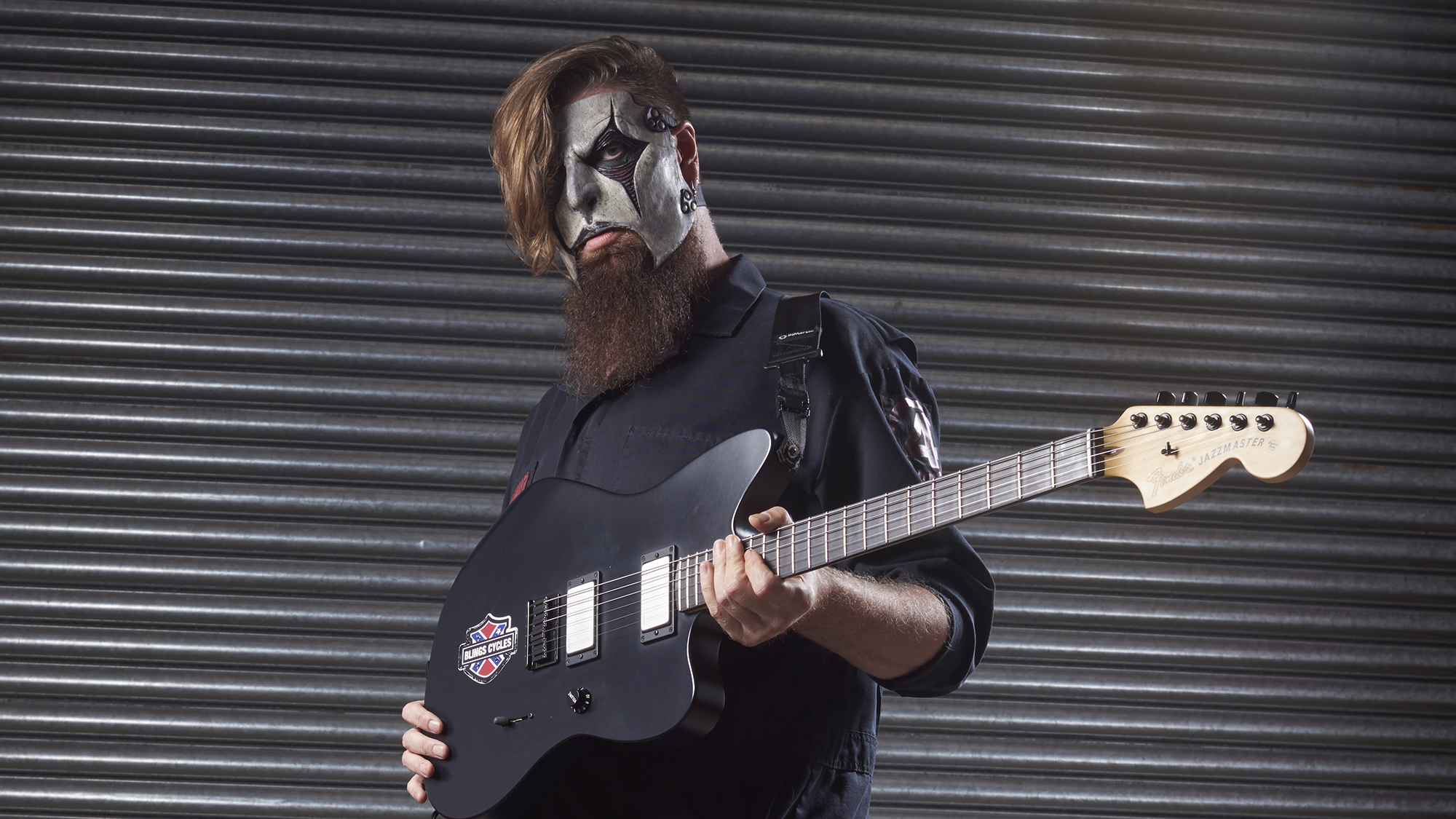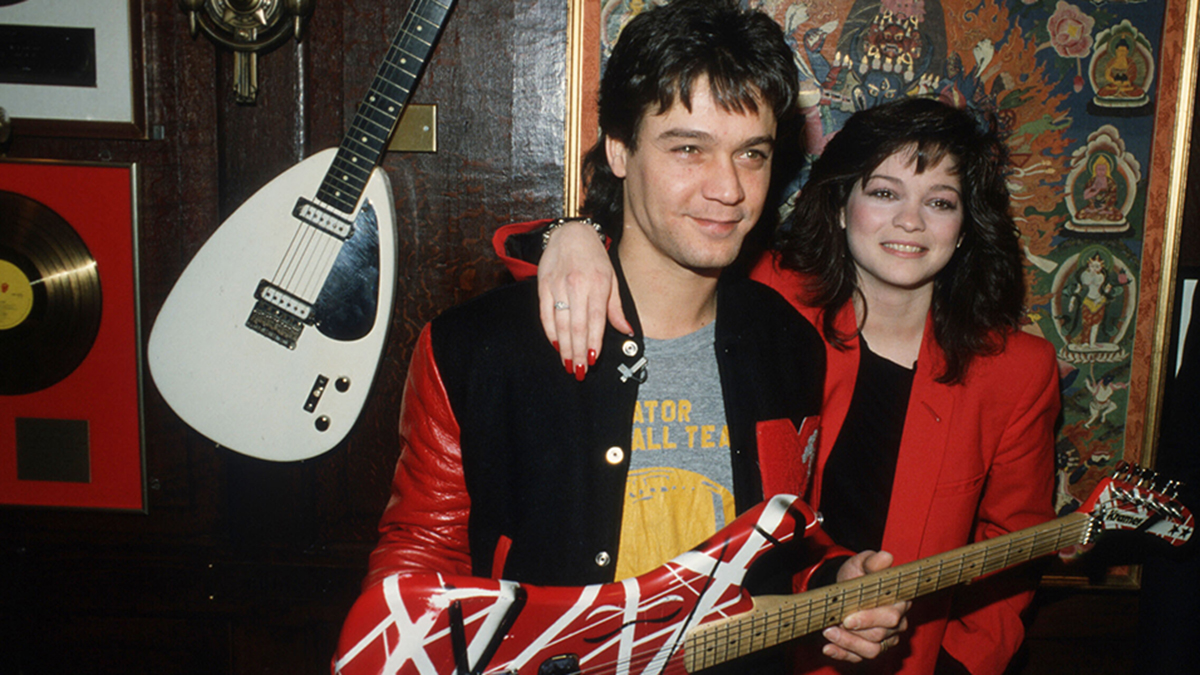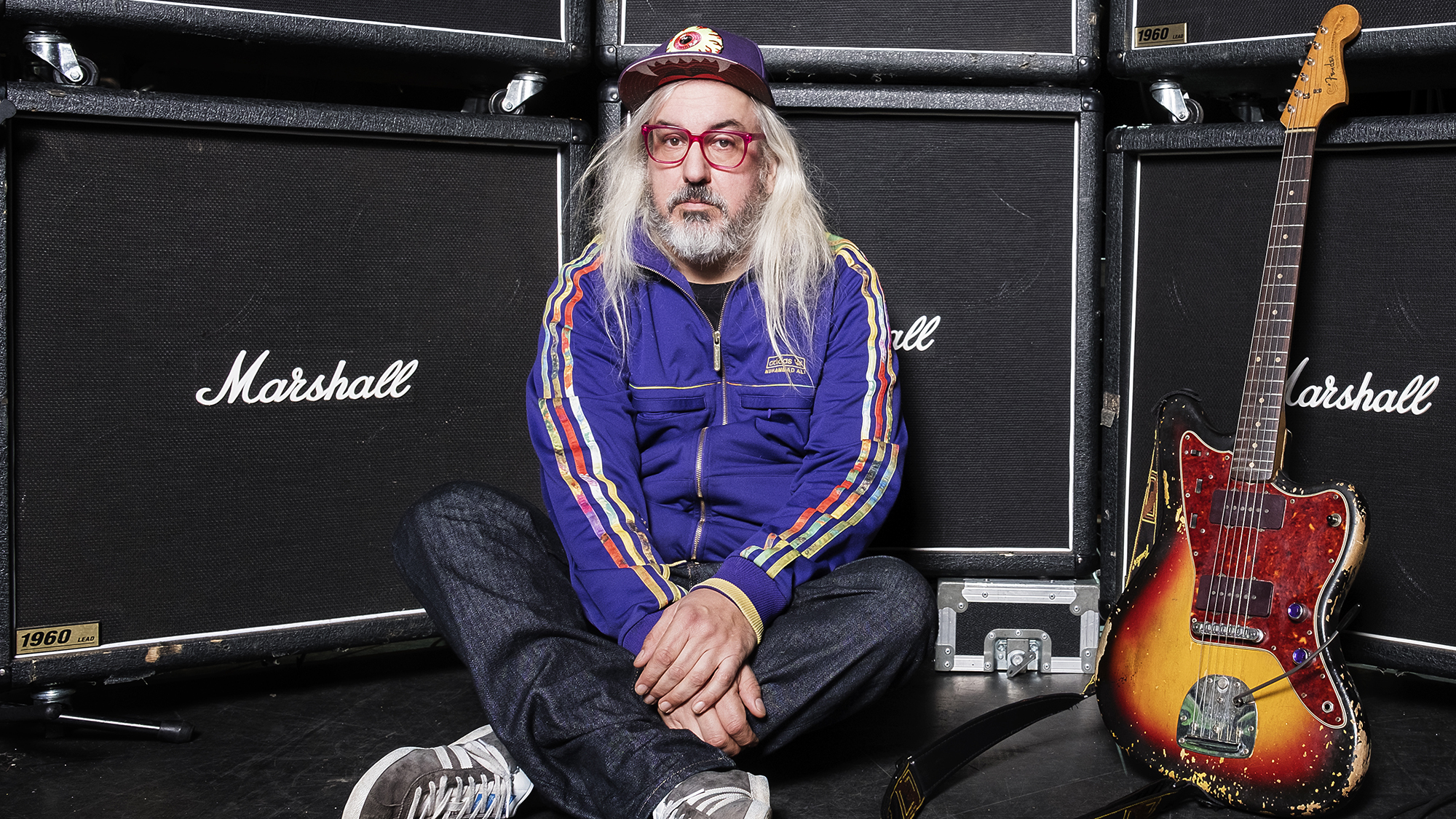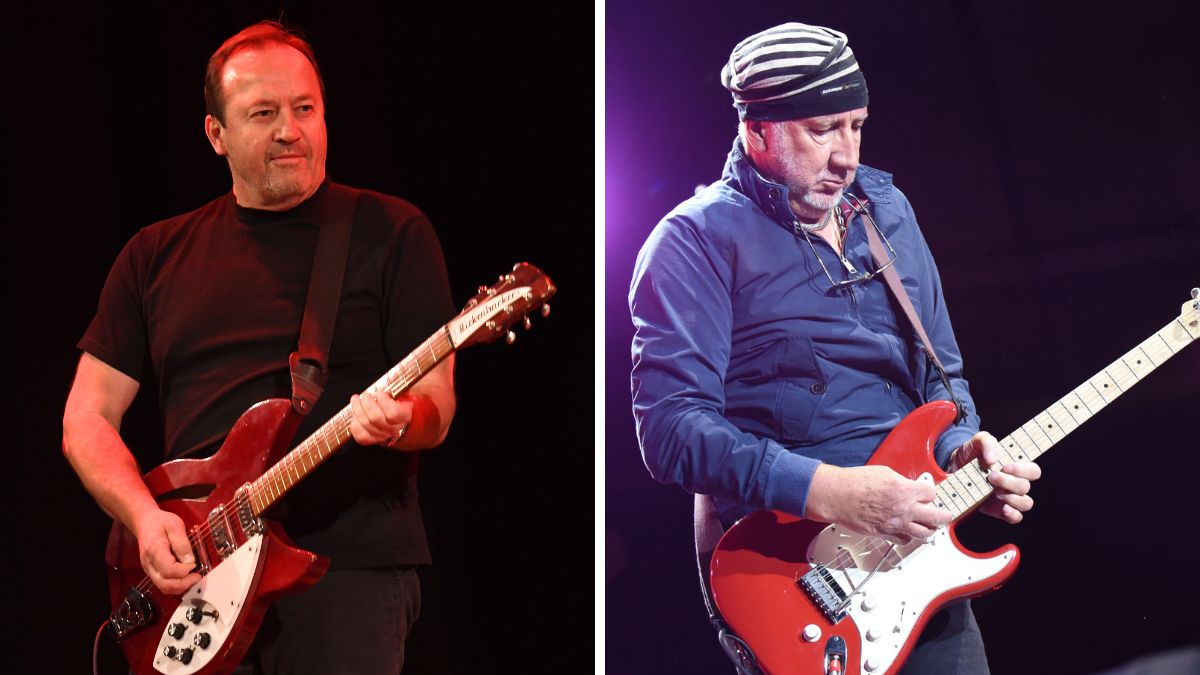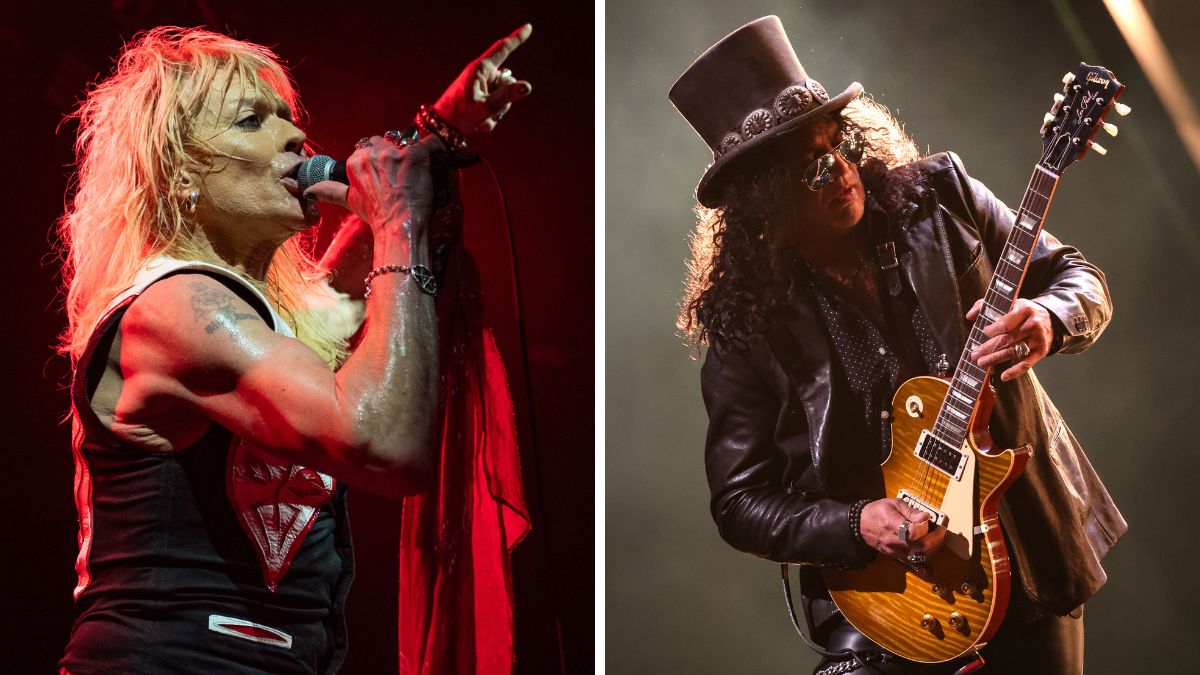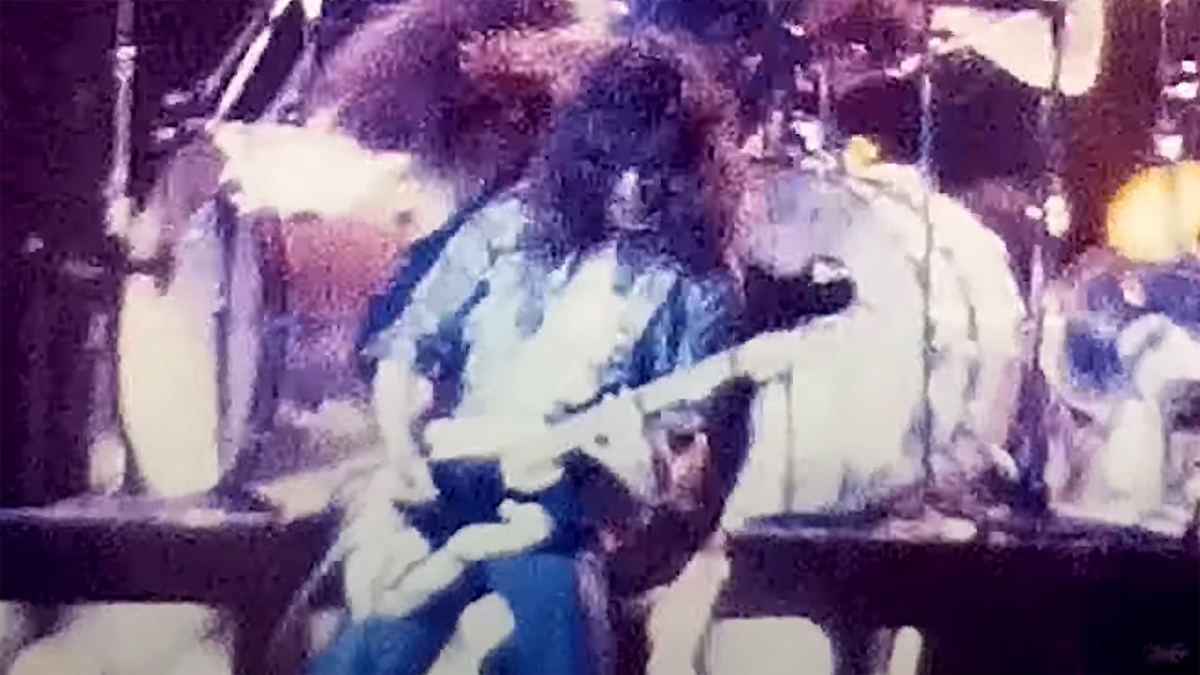
Rare footage that supposedly shows Eddie Van Halen playing an early configuration of his iconic Frankenstein electric guitar has emerged online.
The film was filmed in Super8 reels – meaning, regrettably, there is no sound – back in 1978 by a YouTube user named Speedy, who captured the early years Van Halen gig “for his personal collection while working as a photographer in the ‘70s and ‘80s”.
Specifically, the gig took place at the Niagara Falls Convention Center on September 8, 1978, seven months after the band released their self-titled debut album in February earlier that year.
Despite the lack of sound, Van Halen’s guitar – and, indeed, his already accomplished showmanship prowess – can be seen in all its glory.
The origins of Van Halen’s biblical guitar is the stuff of legend. After making his way through numerous guitars and mods – including a 1961 refinished Fender Stratocaster that Guitar World contributor Chris Gill dubbed “the dad of the Frankenstein in his comprehensive history of the model – Van Halen acquired an unfinished Charvel body sometime around 1976, which he was photographed playing around that time.
Per Gill’s research, soon after Van Halen turned the unfinished prototype into a black-painted, white pickguard-equipped, zebra humbucker-loaded guitar. Though some people at the time believed it to be a different guitar altogether, it was later confirmed to be the Frankenstein.
Early pictures depicting that particular iteration of the guitar are dated around May 1977, with amateur photographs reportedly taken on July 15 later that year showing Van Halen had remodeled the guitar once again – he was playing something that closely resembled the white-and-black striped, black pickguard-fitted Frankenstein that became so famous.
Get The Pick Newsletter
All the latest guitar news, interviews, lessons, reviews, deals and more, direct to your inbox!
It’s this iteration of the guitar that can be spotted in the newly unearthed footage. If Van Halen did indeed make the change as late as May 1977, that means the Frankenstein we see here is just over one year old – a remarkably early sighting, and one of the few on the internet that has survived.
Now, Van Halen also swapped the neck and made some further tweaks, but owing to the quality of the reel, we can’t be entirely sure which specific version of the Frankenstein Van Halen was actually playing. Nevertheless, the creation was still in its relative infancy at this point, so any footage of Eddie playing his Frankenstein makes for interesting viewing.
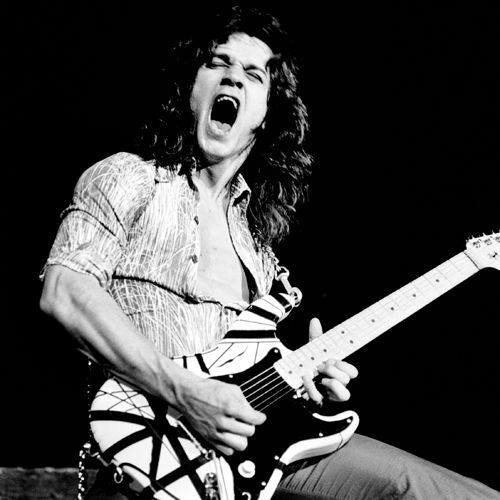
The Frankenstein remained unchanged until 1979, when Van Halen made one final major modification: he created a new stripe pattern using gaffer tape and sprayed the whole guitar red, creating the Holy Grail electric guitar that has become synonymous with Van Halen.
Whether we’ll see Speedy upload more footage from his photographer days remains to be seen, but since he worked into the ‘80s too, it’s not beyond the realms of possibility that more Frankenstein footage could be on the way.

Matt is the GuitarWorld.com News Editor. He has a Masters in the guitar, a degree in history, and has spent the last 16 years playing everything from blues and jazz to indie and pop. When he’s not combining his passion for writing and music during his day job, Matt records for a number of UK-based bands and songwriters as a session musician.
“My hand hit the glass and it broke. It got totally trashed. I can’t feel my pinky from nerve damage”: The freak injury that changed the way Chris Poland played guitar – and ended up informing the sound of Megadeth’s Rattlehead
“The Beyoncé effect is, in fact, real. I got a lot of traffic just from people checking the liner notes”: With three Grammy wins and plaudits from John Mayer, Justus West is one of modern session guitar’s MVPs – but it hasn’t been an easy ride
